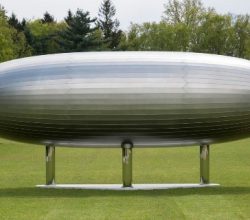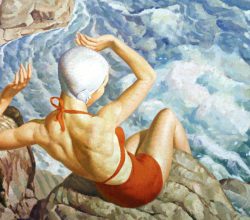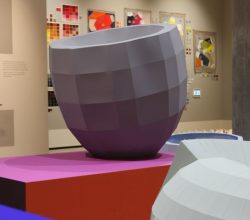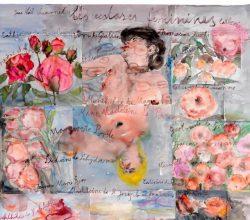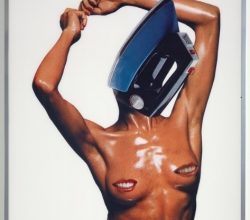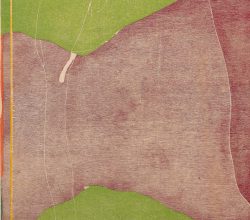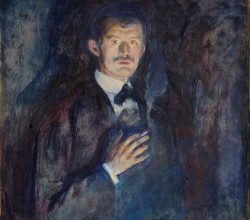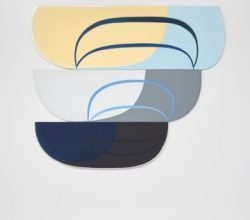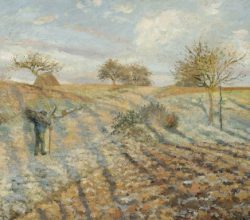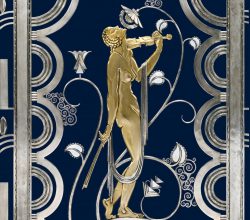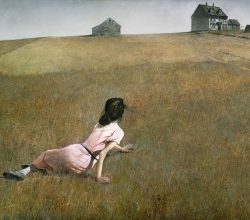
Andrew Wyeth and the artist’s fragile reputation
Henry Adams | The Conversation | 6th July 2017
It is curious that a retrospective to mark the centenary of Andrew Wyeth’s birth is not travelling to a big east coast US city, despite its likely popularity. Clearly disagreements about Wyeth continue. This writer offers a truce. “I believe he fits into a larger tradition of modernist creativity that goes beyond the medium of painting. His influence … has been most important in poetry, literature and film making.”

